Say hello to the Big Bomb Onigiri, a beast of a Japanese rice ball
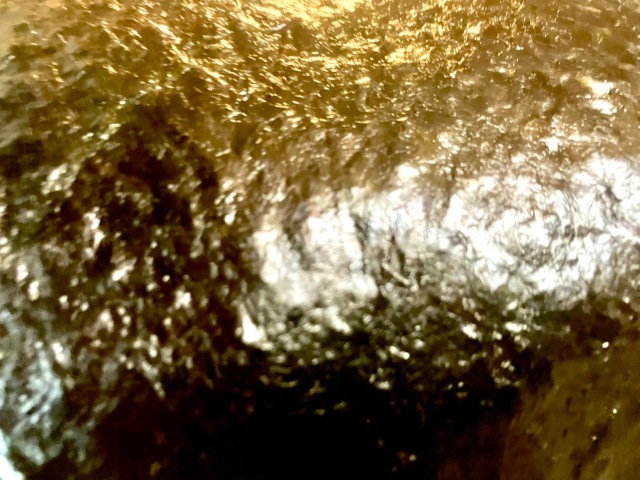
Famous rice-producing region goes big with a huge offering to attract customers.
Japan is well-known for its petite portions and small serving sizes, so when restaurants go big with gigantic portions that seem impossible to finish, it makes our jaws drop to the floor.
Once we manage to pick our jaws up off the floor, though, our next instinct is to open them again, to see how much of the giant offering we can consume, and that’s what happened when we came across a massive onigiri rice ball in Niigata Prefecture.
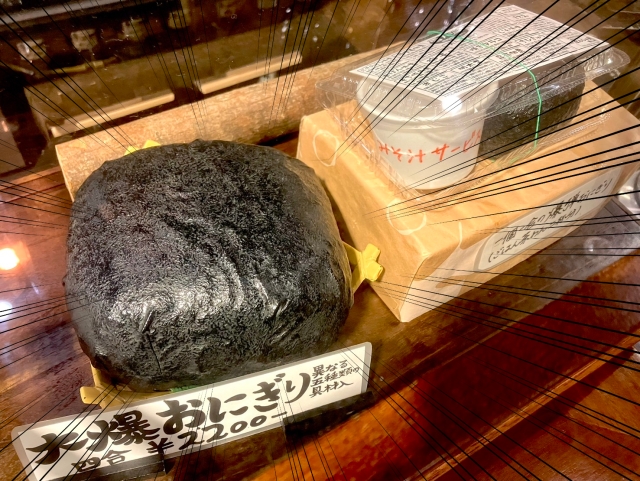
The “Big Bomb Onigiri“, as it’s called, is being sold at the Yukinto onigiri shop inside the Ponshukan souvenir hall attached to Echigo Yuzawa Station, which is located in a region that’s famous for koshihikari rice production.
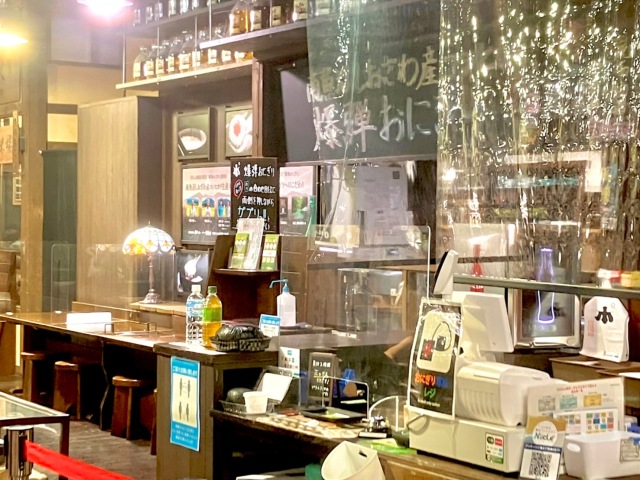
The Big Bomb contains a massive four go of koshihikari, which is equivalent to about 600 grams (21.2 ounces) of uncooked rice, and because cooked rice weighs around three times as much as uncooked rice, this onigiri is estimated to weigh in at around 1.8 kilos (four pounds).
▼ At 2,200 yen (US$16.56) this is the biggest and most expensive onigiri we’ve ever seen.
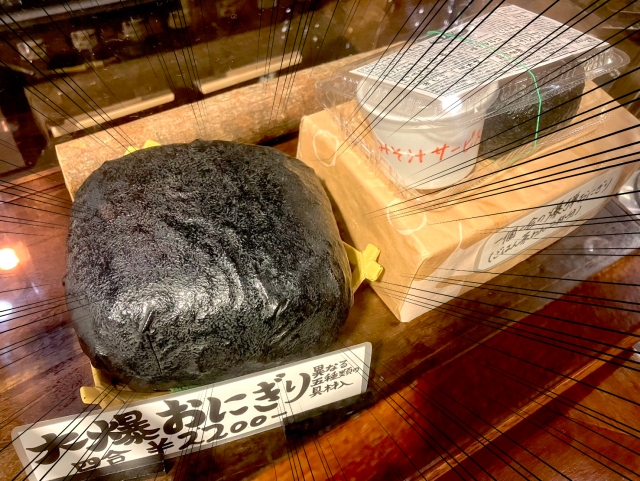
There’s a lot of premium rice involved, and a huge sheet of nori seaweed as well, which covers the mound like one big piece of shiny, beautiful wrapping paper.

Yukinto specialises in big portions, even selling a variety of other rice balls which contain one go of rice each, meaning they weigh in at around 450 grams. To get a sense of just how big this is, regular onigiri usually weigh around 100 grams, so each one of these is more than four times the size of an everyday rice ball.
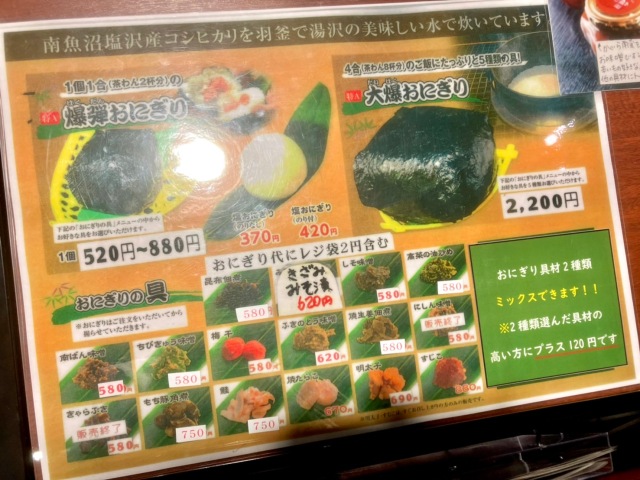
The “Bomb Onigiri” range in price from 370 yen for a plain, salted rice ball without any seaweed wrap, up to 880 yen for a rice ball with a Salted Salmon Roe filling.
▼ Bomb Onigiri samples in the display case.
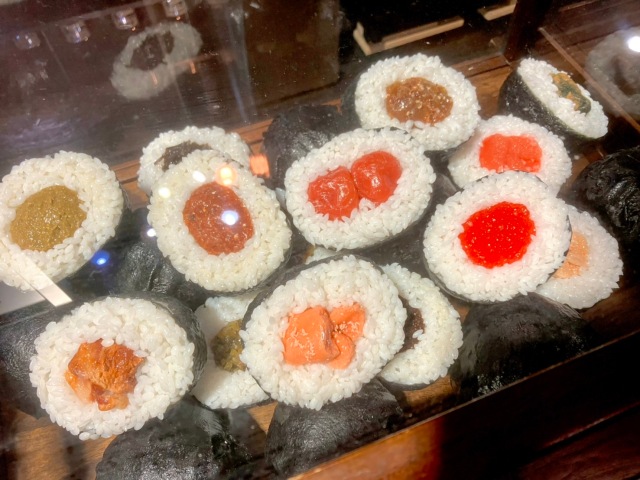
Because the Bomb Onigiri are so big, you can choose up to two fillings per rice ball, and each one uses koshihikari rice from Shiozawa, which is said to be the most delicious of all koshhikari rice from the town of Minamiuonuma.
▼ “Koshihikari from Minamiuonuma Shiozawa. Bomb Onigiri.”
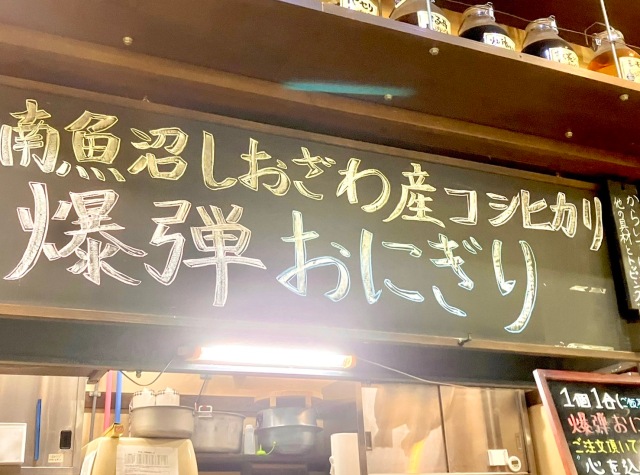
▼ You can eat your rice balls in the store, or buy them to-go.
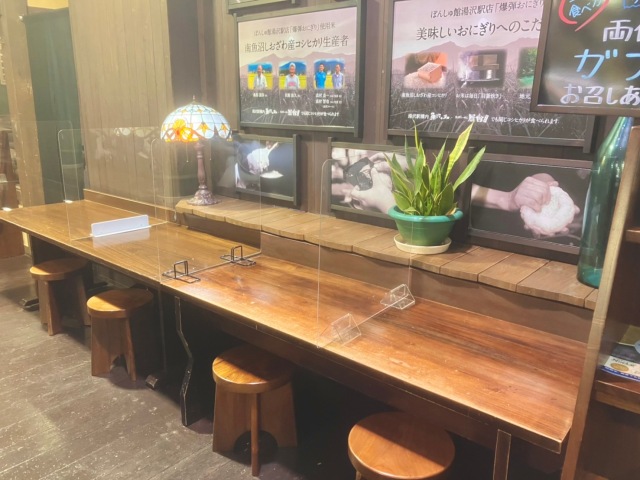
The Big Bomb Onigiri contains four times as much rice as the Bomb Onigiri, so customers can choose up to five types of fillings. The final price of the Big Bomb may vary, depending on the types of filling you choose, and as we added the premium Salted Salmon Roe as one of our choices, we ended up paying an additional 260 yen, bringing the total to 2,460 yen, including tax, for our massive rice ball.
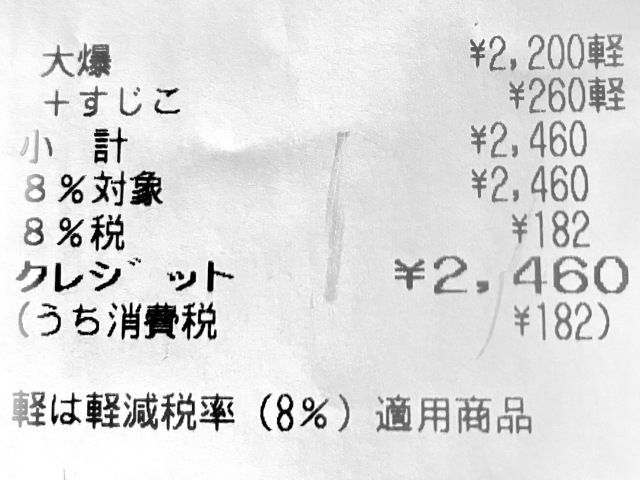
If you’re thinking of buying the Big Bomb, you might want to do it on a day when you’re visiting friends or family, like we were, because the entire thing is designed to be eaten “本日中” (“honjitsuchuu”), within the day of purchase.
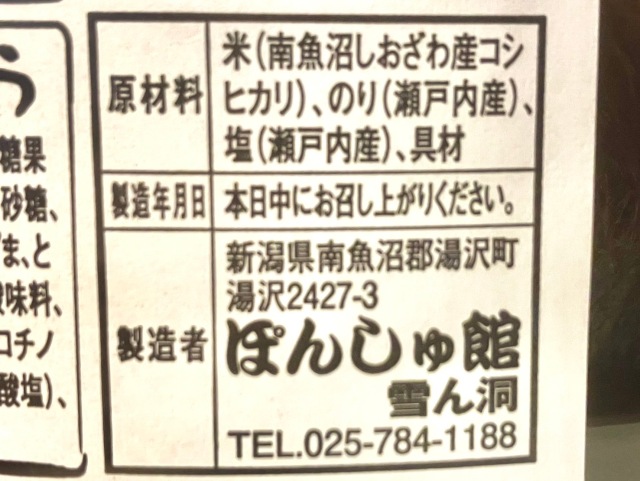
After making our purchase, we carried the heavy portion back home for a taste test, and a closer inspection of its impressive dimensions.
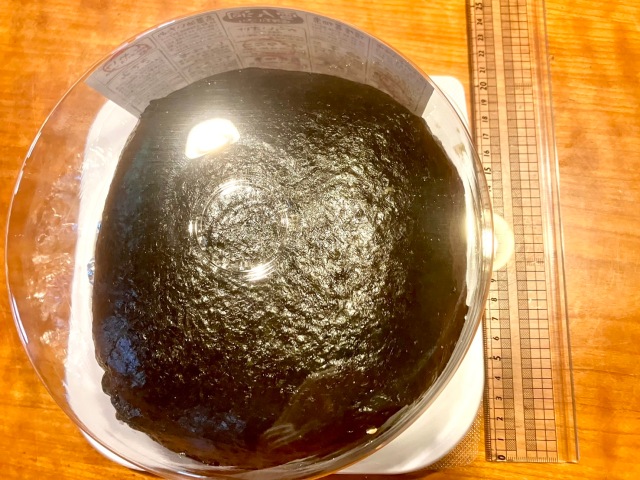
▼ It was about 20 centimetres (7.9 inches) across, and 10 centimetres in height.
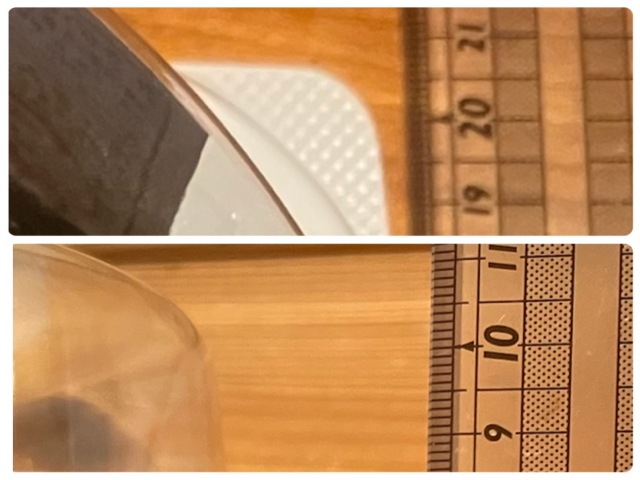
▼ And the weight? A whopping 1,803 grams!
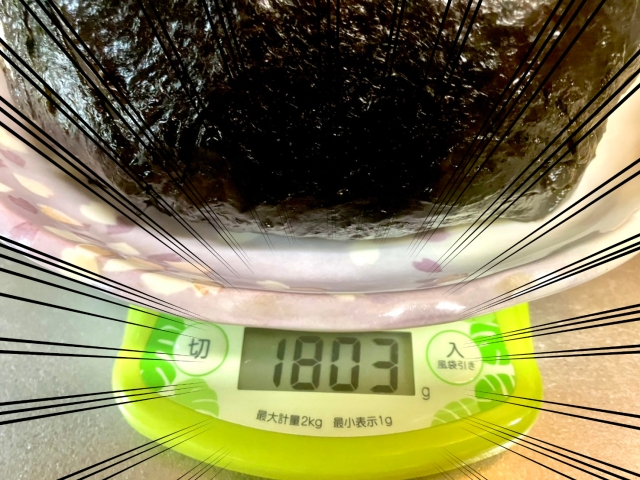
We had to stop and blink at the scales for a moment because this was a ridiculous weight for a rice ball. Its massive dimensions only made us more keen to cut into it and take a look at its glorious interior, though, and the five fillings we’d chosen had been conveniently circled on the label.
▼ Mochi Soy-braised Pork, Salted Salmon Roe, Grilled Cod Roe, Preserved Kelp, and Salmon.
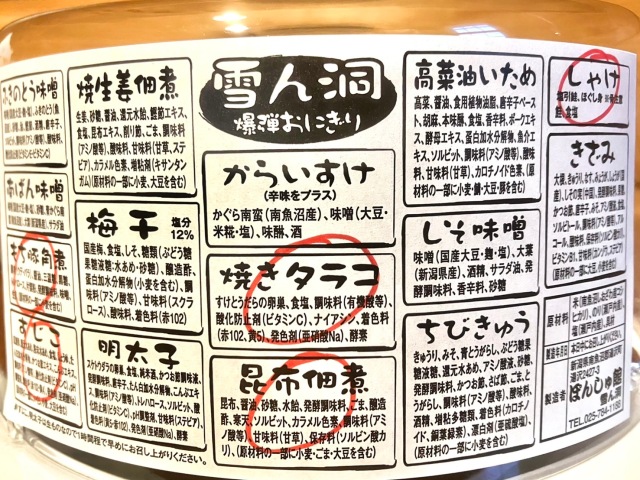
▼ We also received pickles on the side.
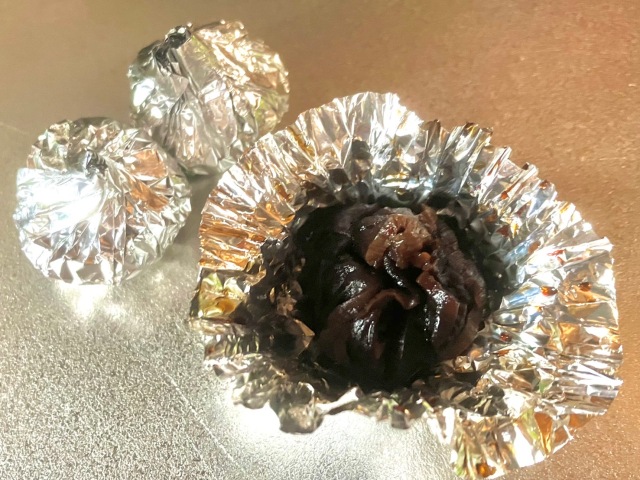
The time had finally come to cut into the belly of the beast, so we dipped a sharp knife into some water to help slice through the grains with ease, and as we sliced through the middle, the contents spilled out like a colourful, tasty waterfall.
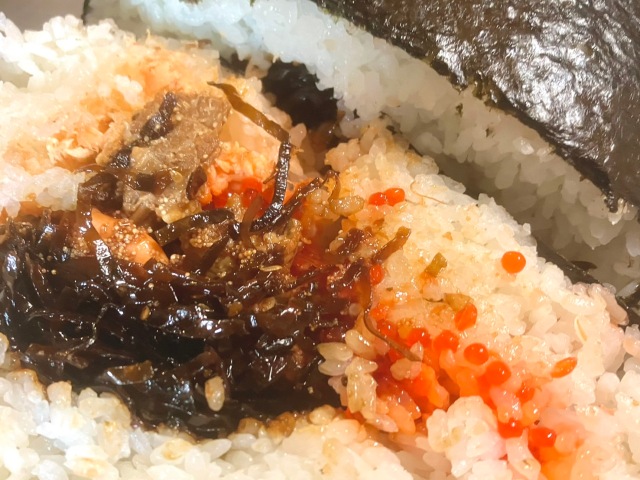

We were half expecting the ingredients to be packed away into separate pockets inside the giant mound of rice, but they appeared to be clumped together in the middle. This was the best thing for it, though, as it helped to disperse an even mix of flavours in every slice, and the soy-based flavours allowed the different fillings to blend harmoniously on the palate.
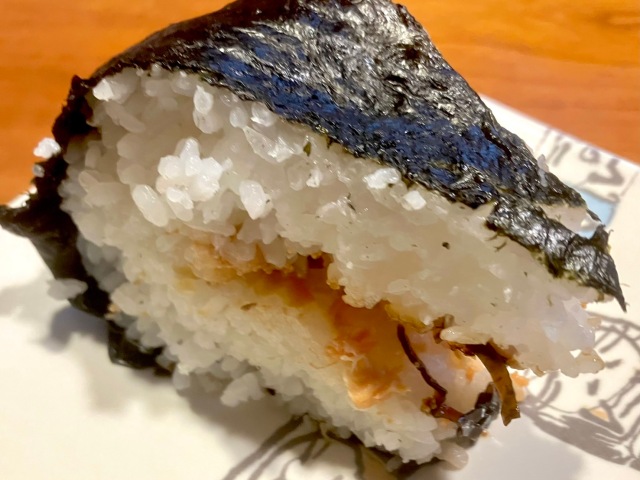
As soon as we got a taste of roe, the juiciness of the pork took over, and immediately after that, the saltiness of the kelp came into play. The different flavours ebbed and flowed with ease, creating a sense of variety that kept the palate so interested it didn’t take long for six of us to finish the giant rice ball on the day we bought it.
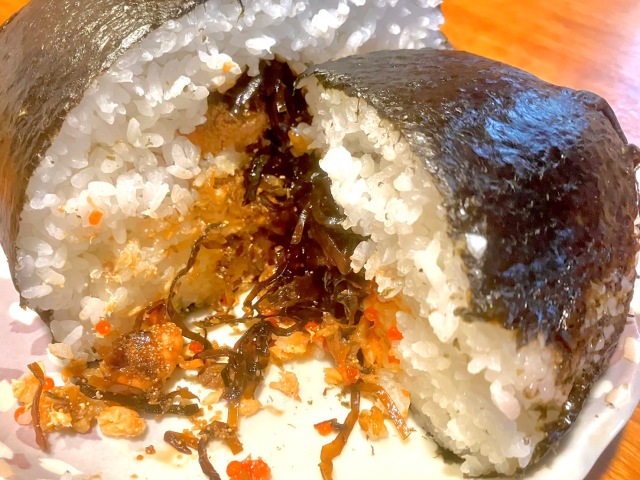
After trying the Big Bomb Onigiri, we were full and satisfied, and now we know why so many people stop off at Echigo Yuzawa Station specifically to buy it. It’s a great way to enjoy the best koshihikari rice that the region has to offer, and we highly recommend trying it, along with the amemonaka, another sought-after local specialty from Niigata Prefecture!
Restaurant information
Yukinto / 雪ん洞
Address: Niigata-ken, Minamiuonuma-gun, Yuzawa-cho, Yuzawa 2427−3, Inside JR Echigo Yuzawa Station Ponshukan
新潟県南魚沼郡湯沢町湯沢2427−3 JR越後湯沢駅構内 ぽんしゅ館
Open 9:30 a.m.-6:00 p.m. (last order 6:00 p.m.)
Images: ©SoraNews24
● Want to hear about SoraNews24’s latest articles as soon as they’re published? Follow us on Facebook and Twitter!
Credit:

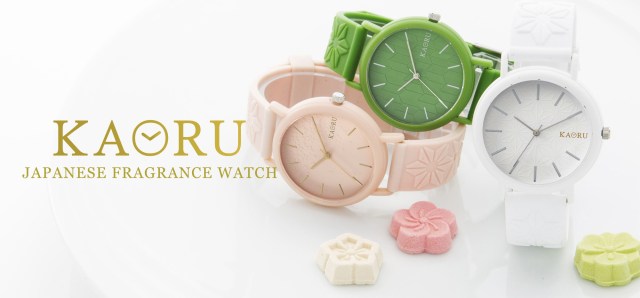

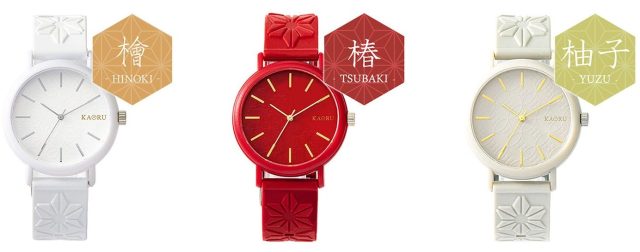
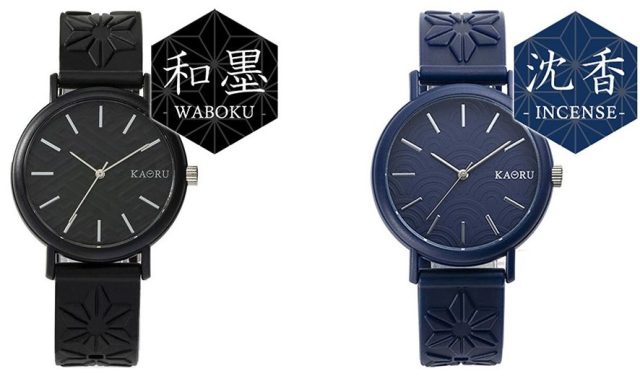
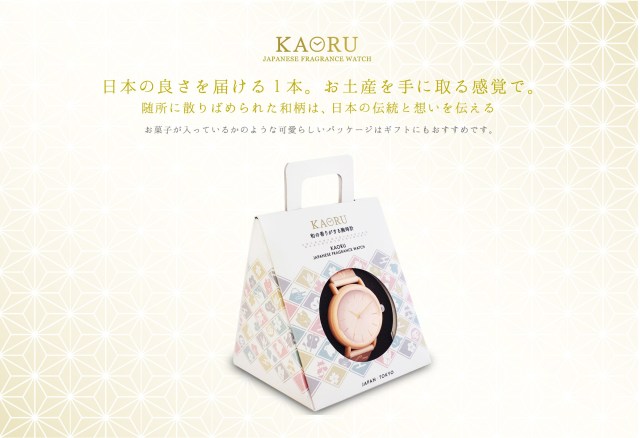
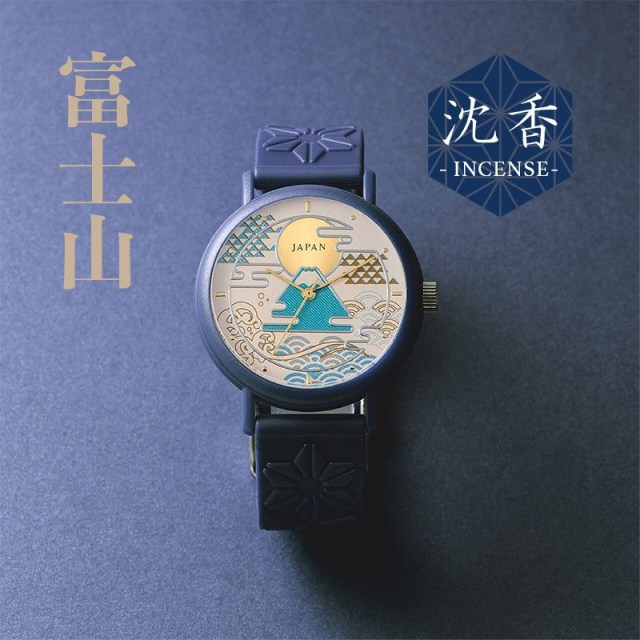
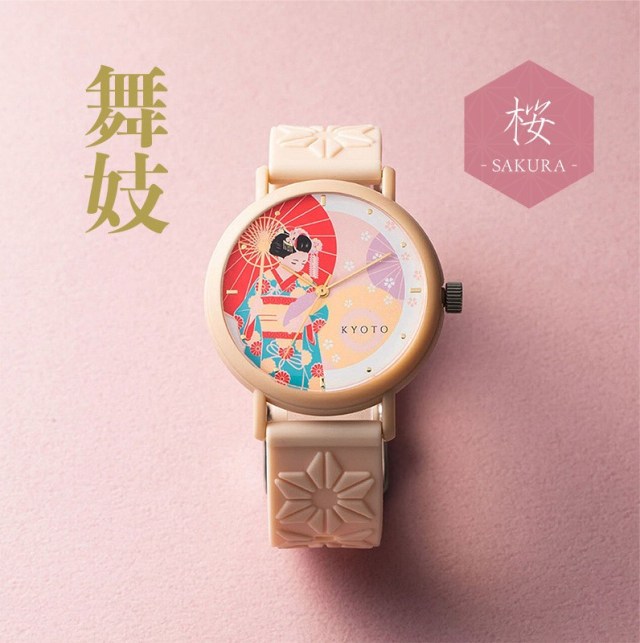
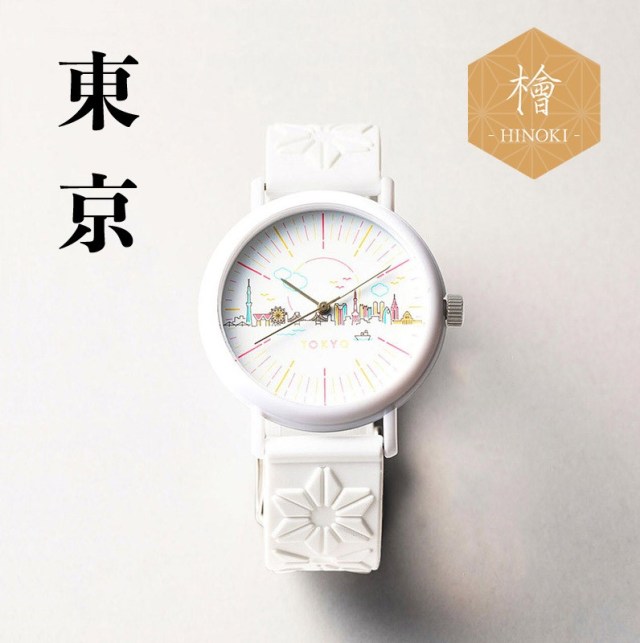
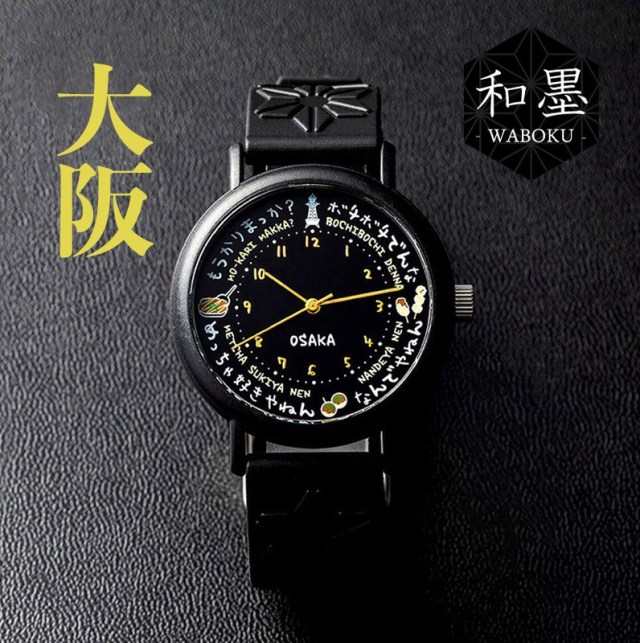
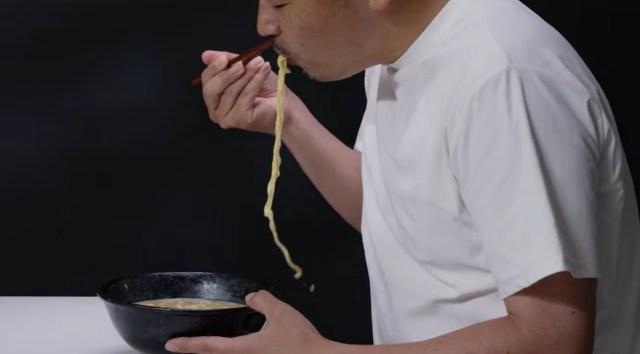
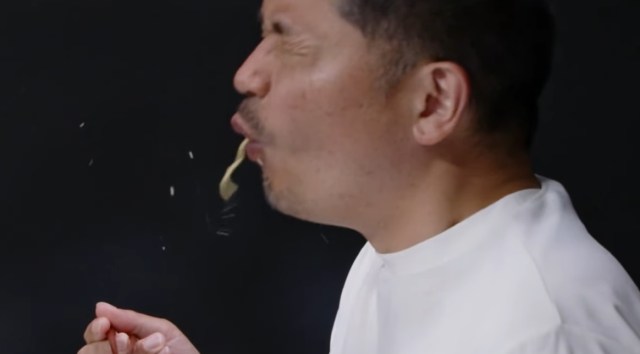



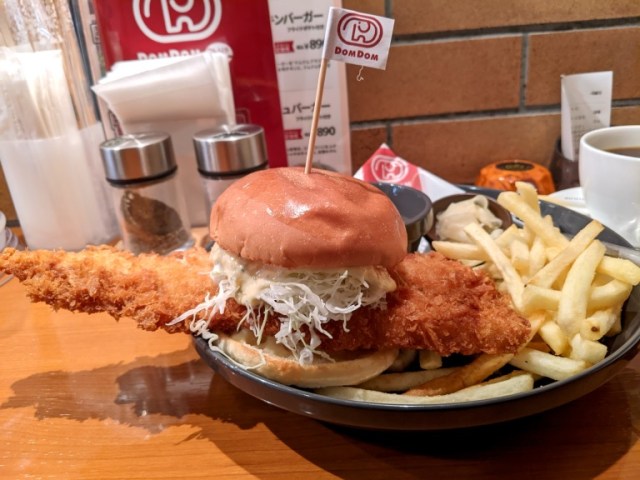

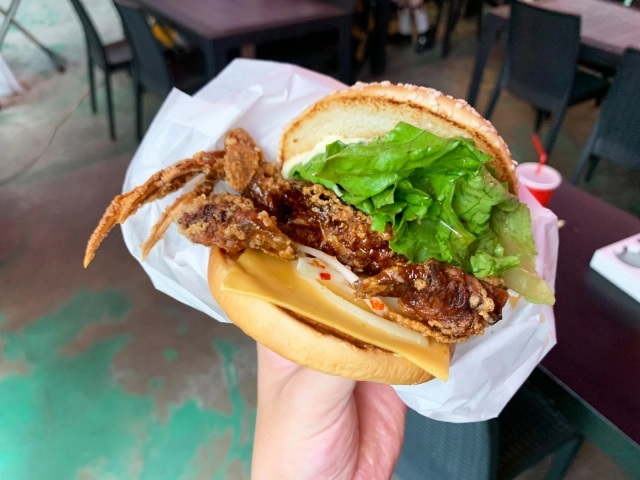
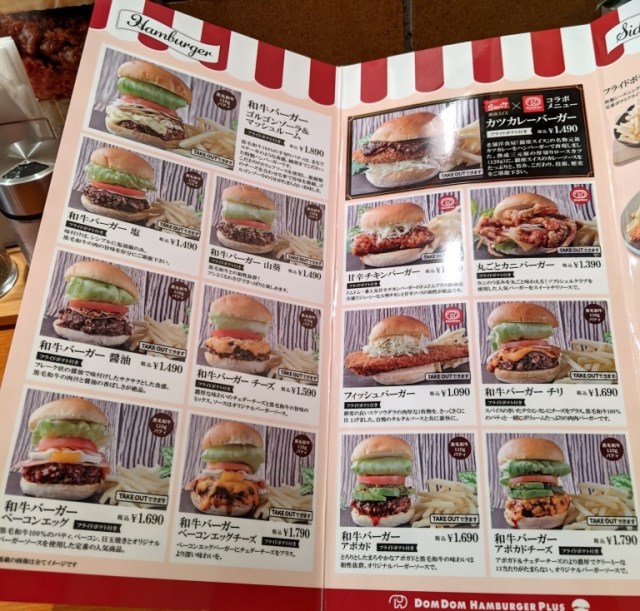
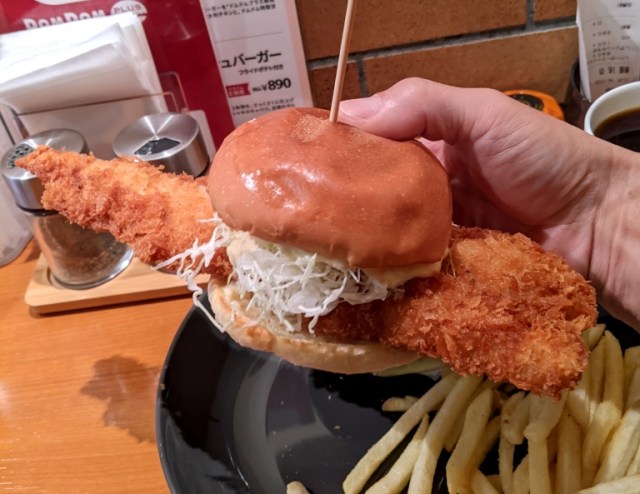
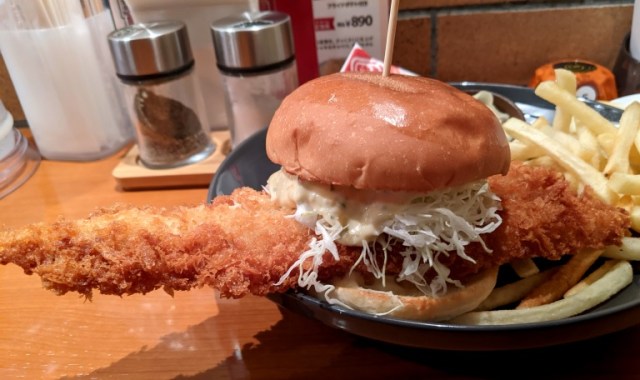
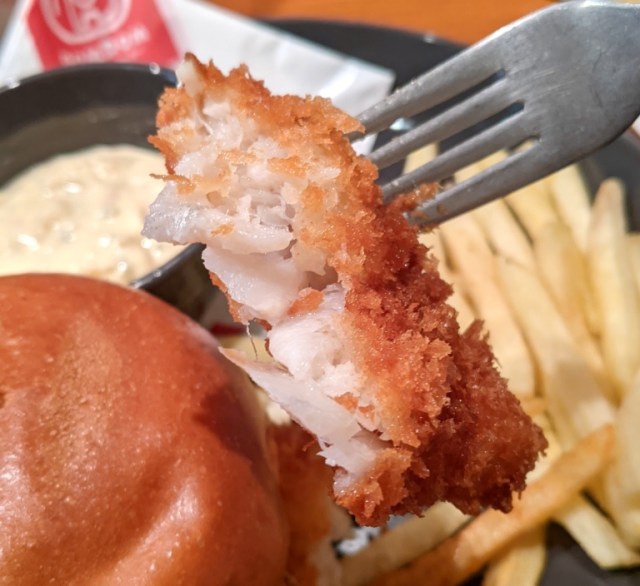

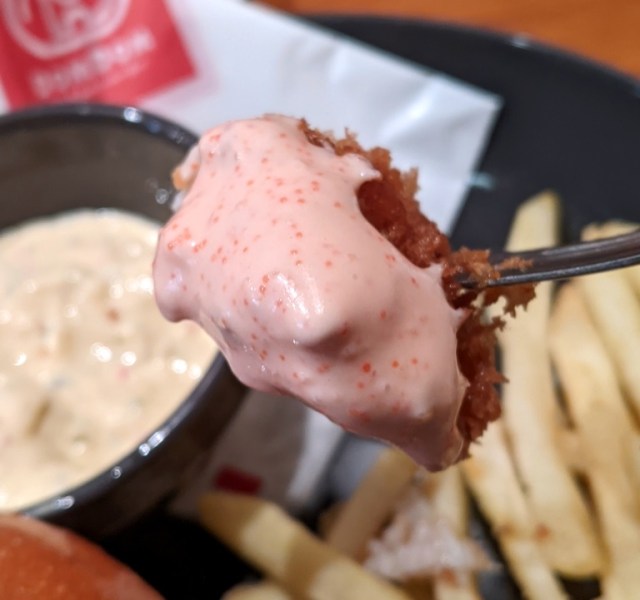
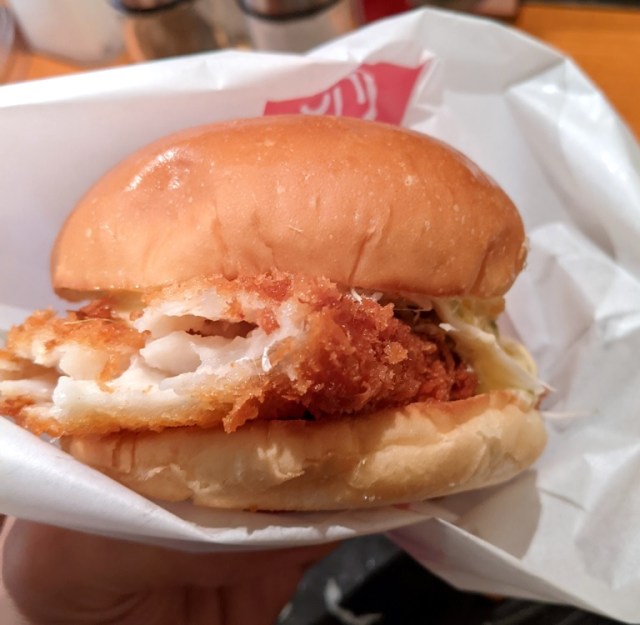
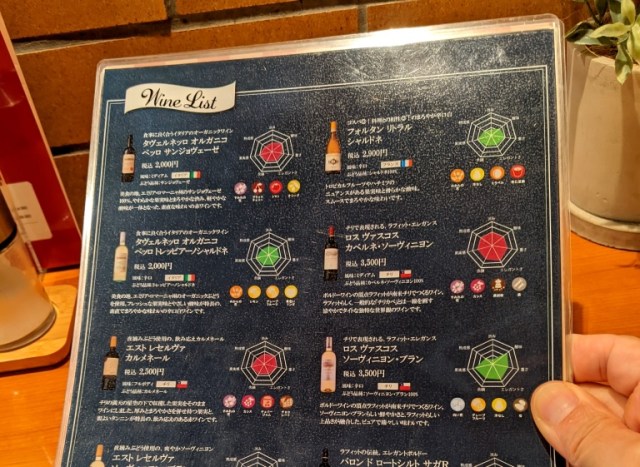
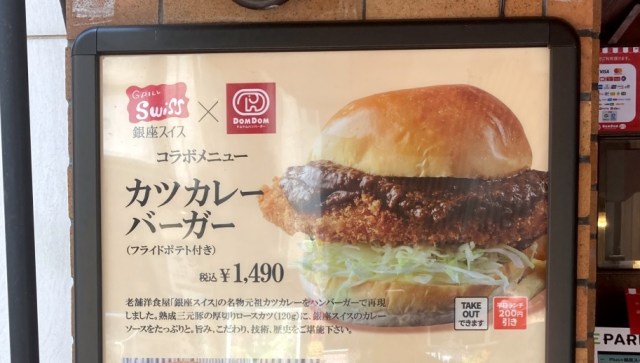
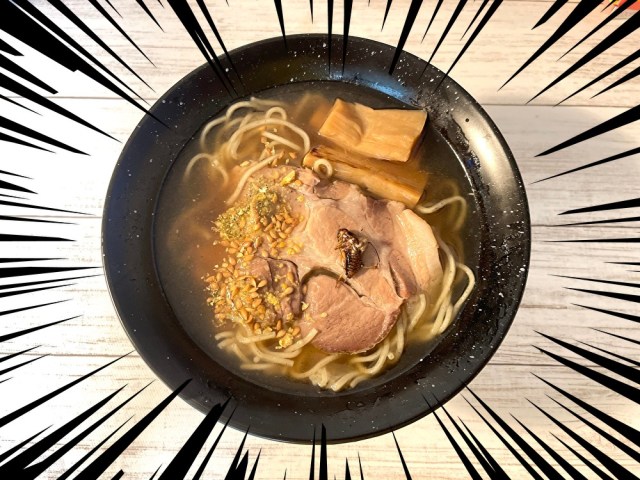
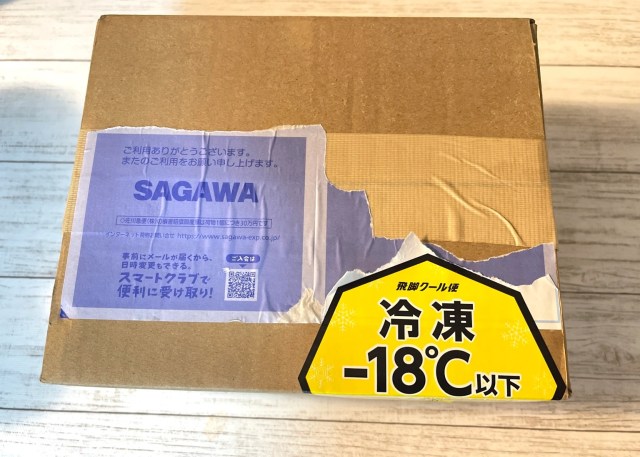
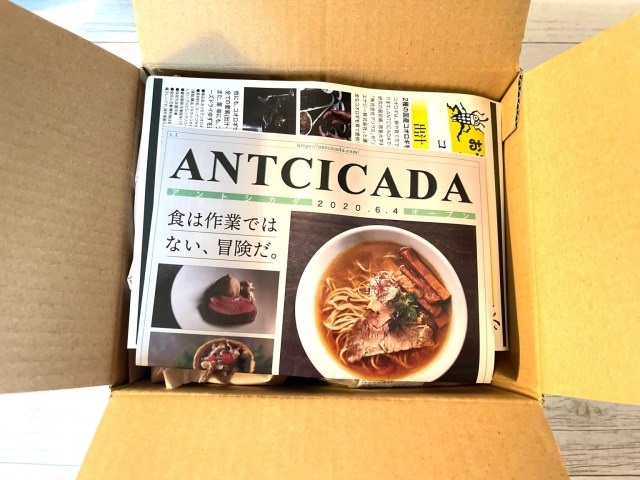
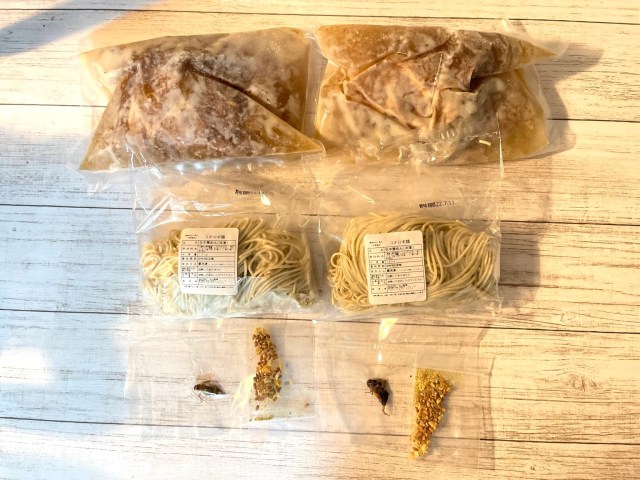
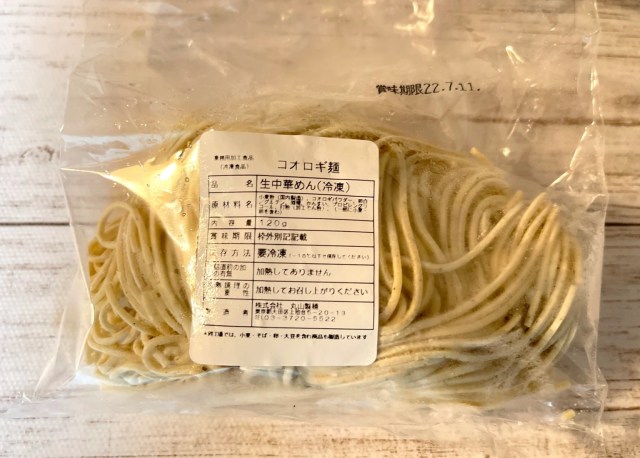
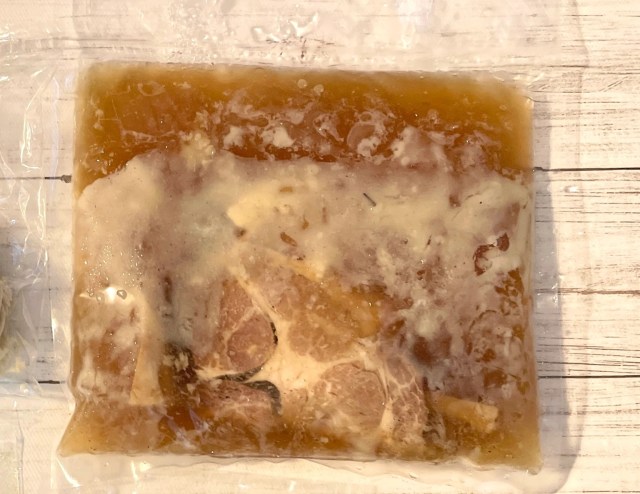
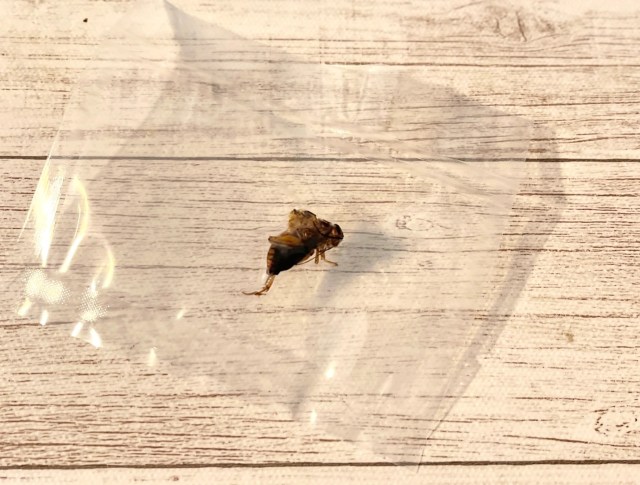
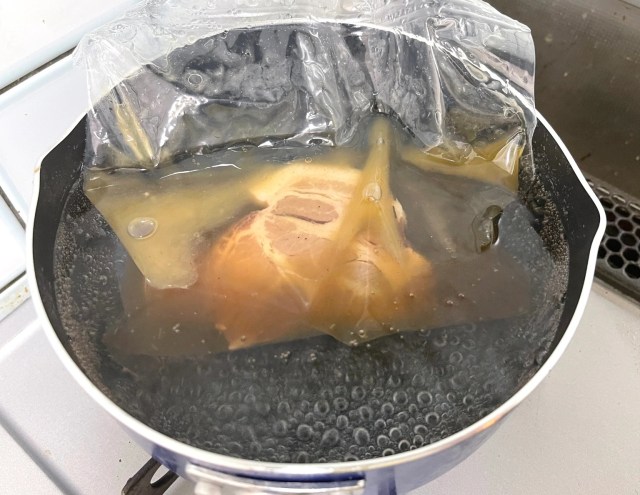
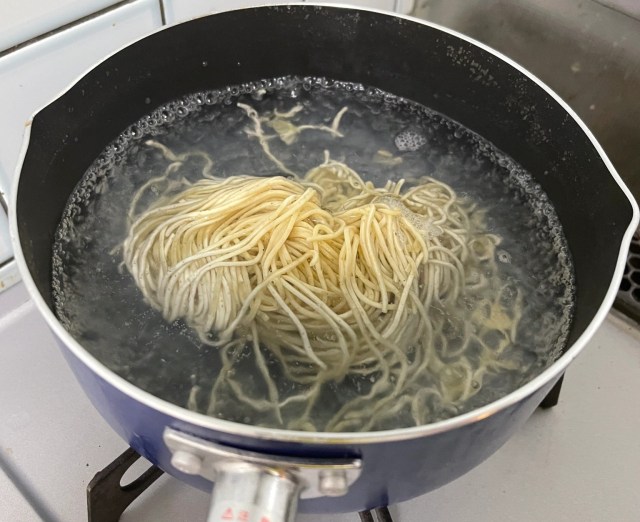
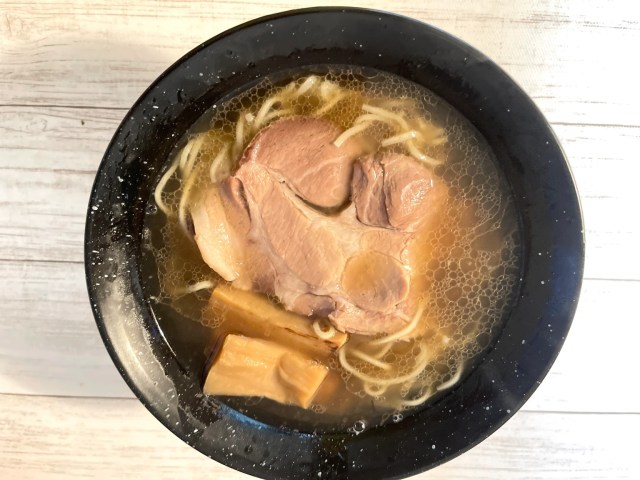

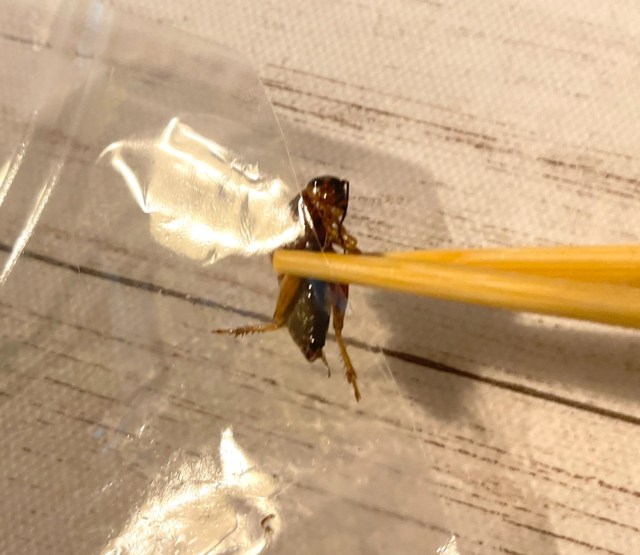
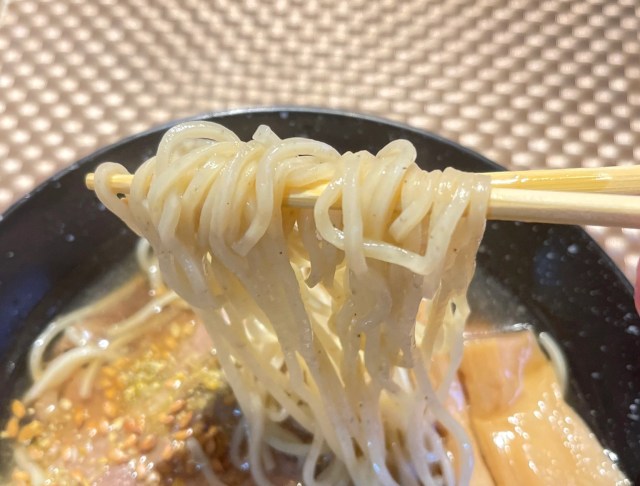
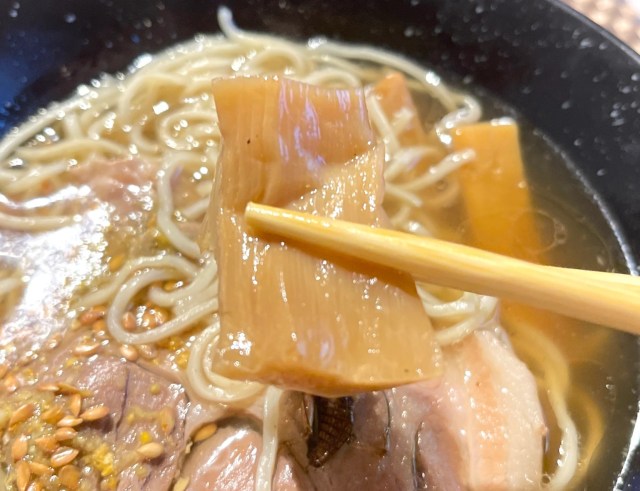

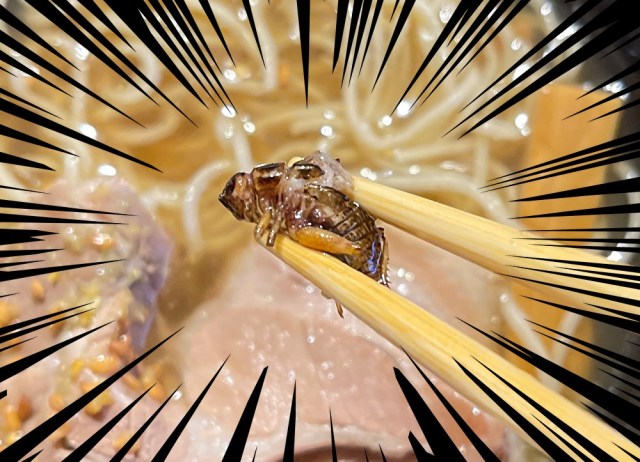
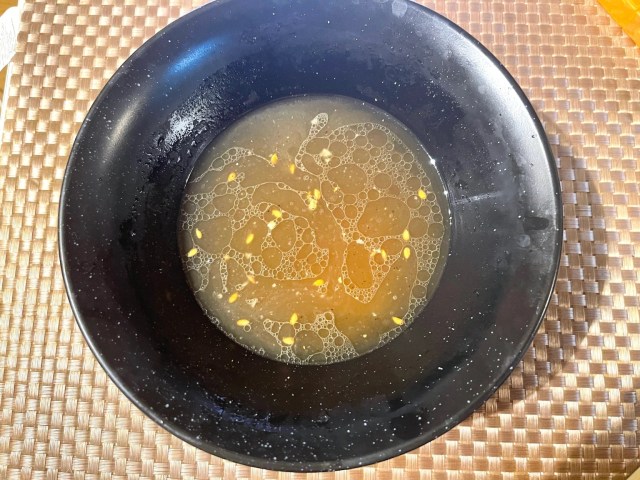
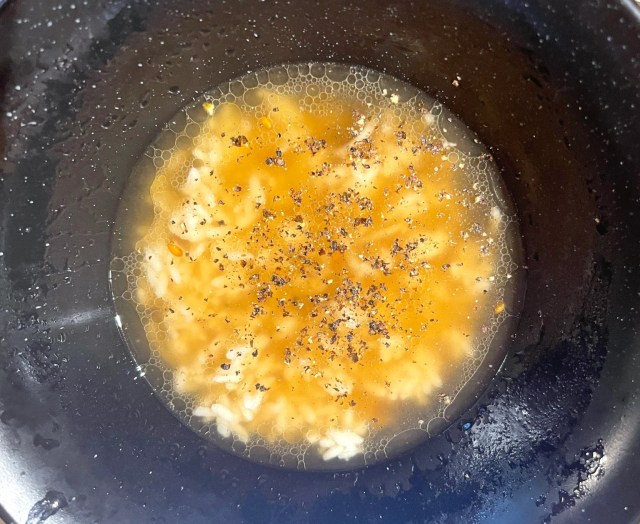
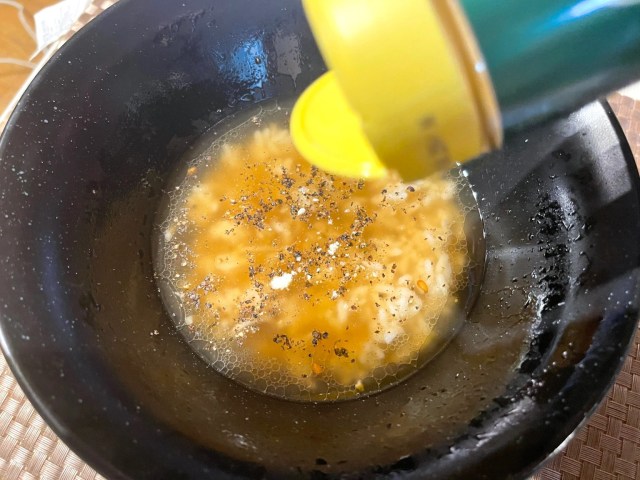
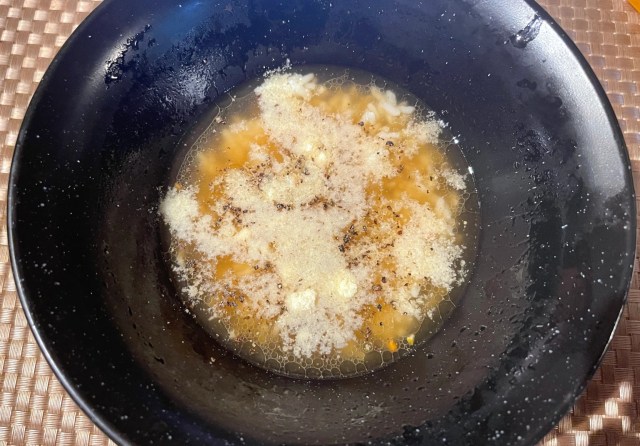
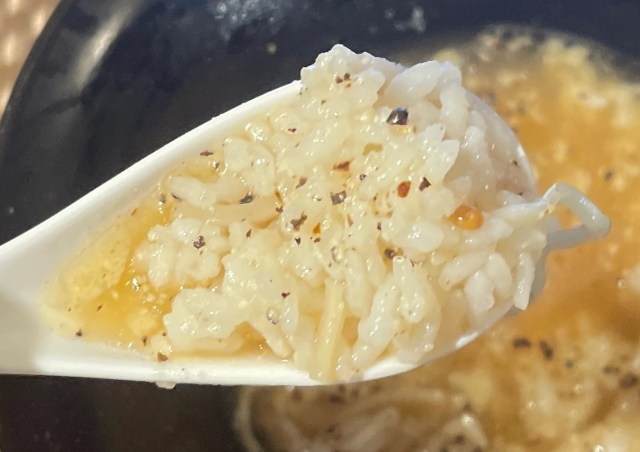
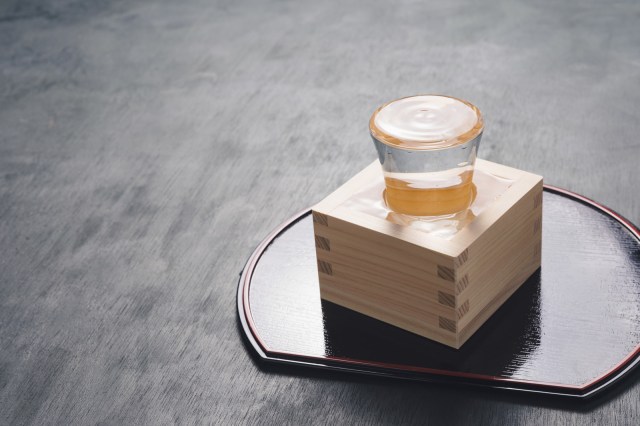

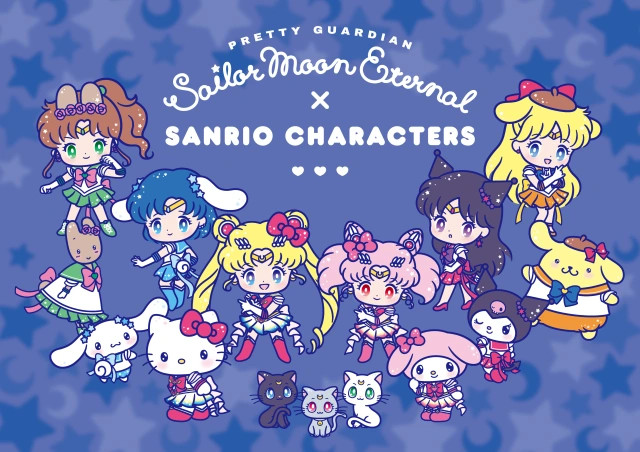
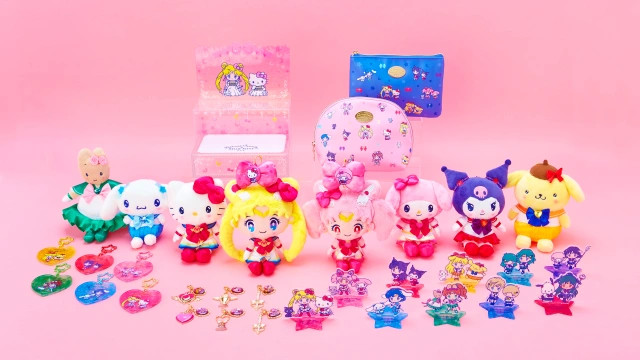
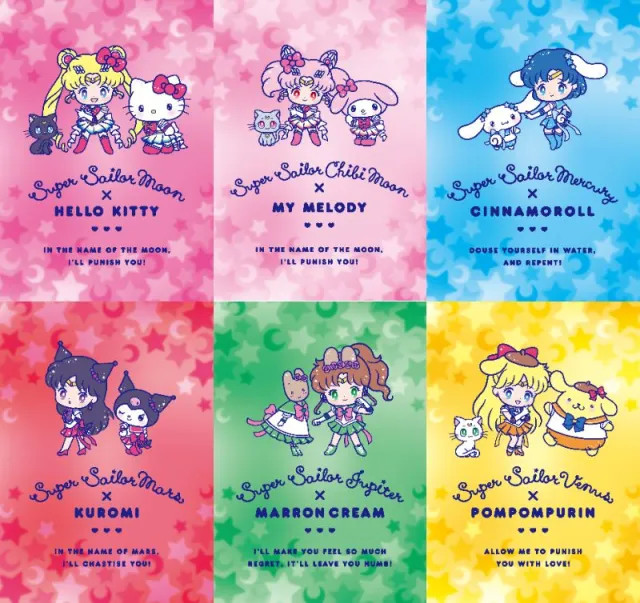

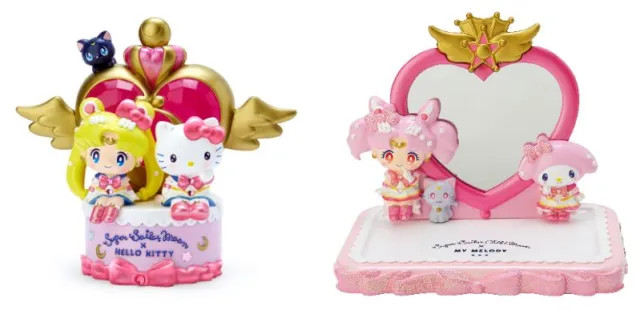
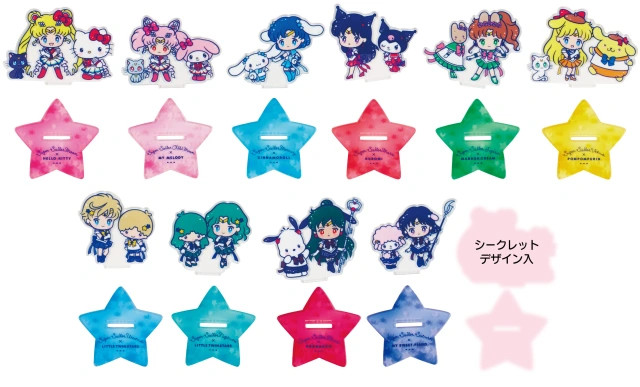
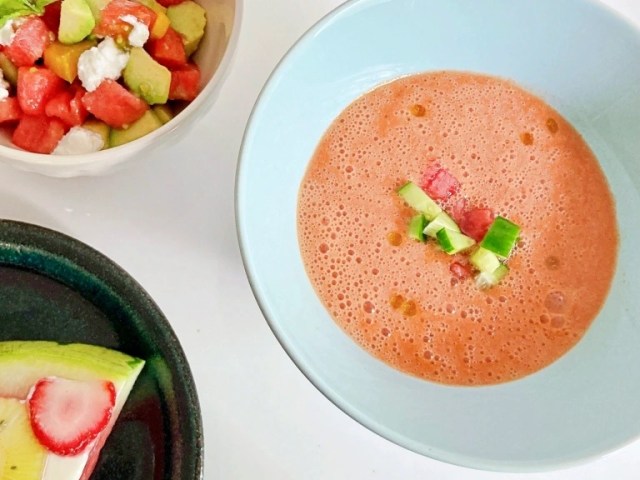
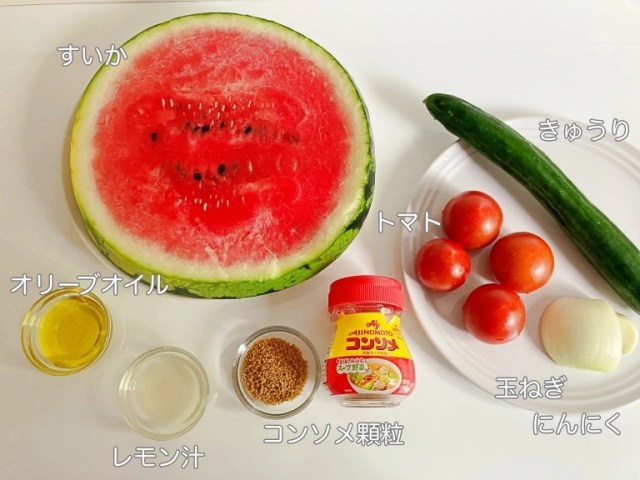

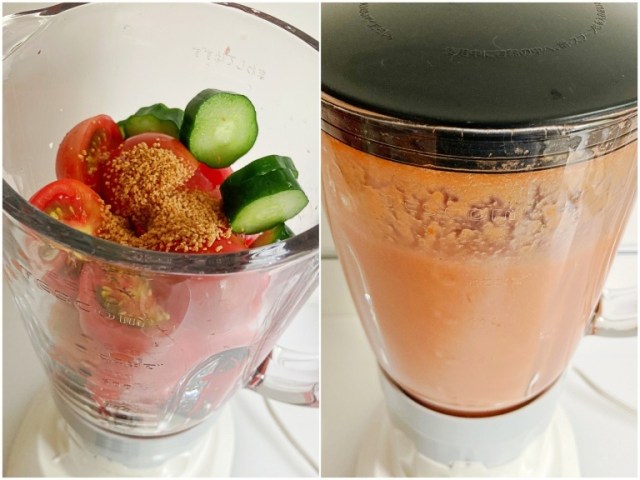
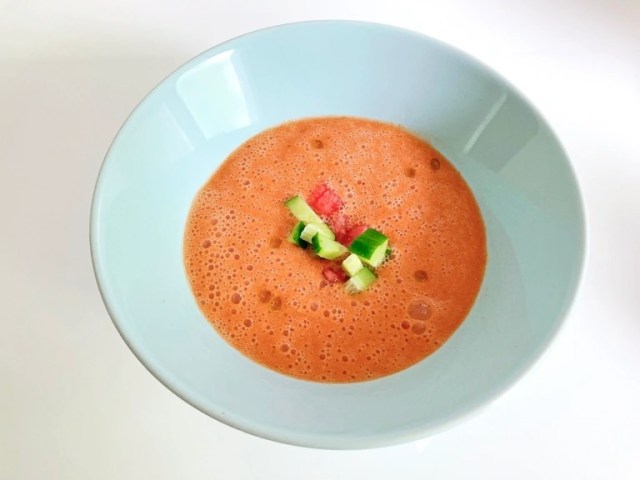
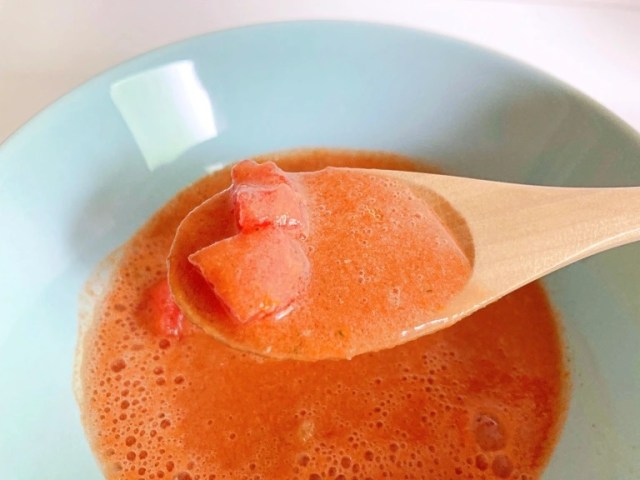
0 comments: